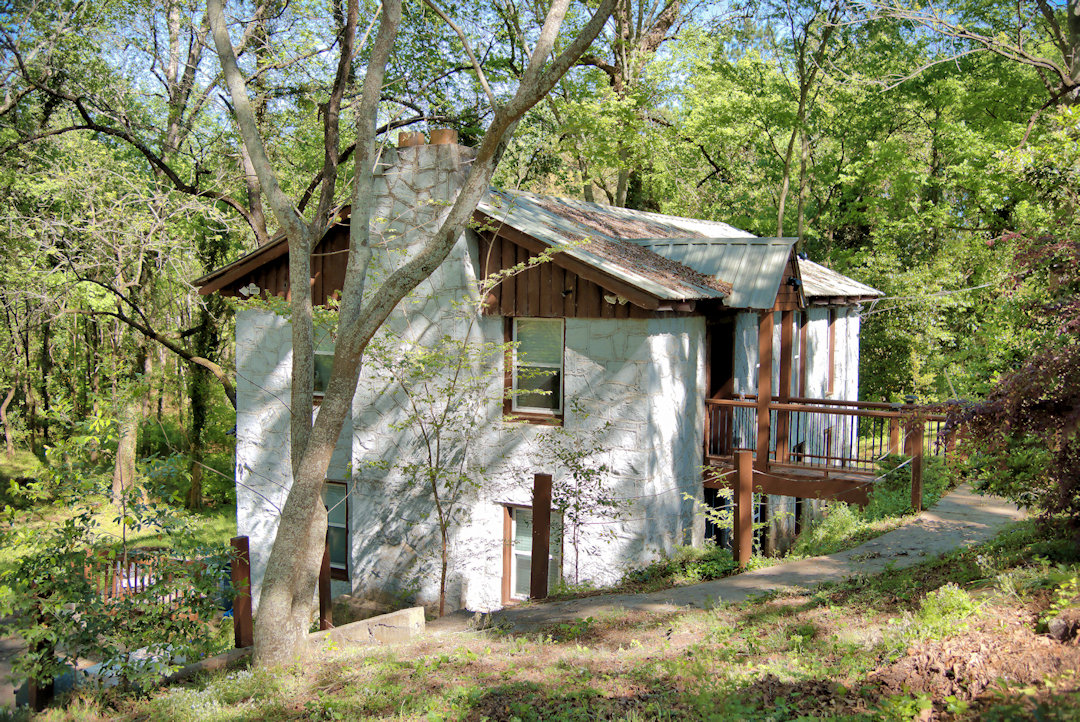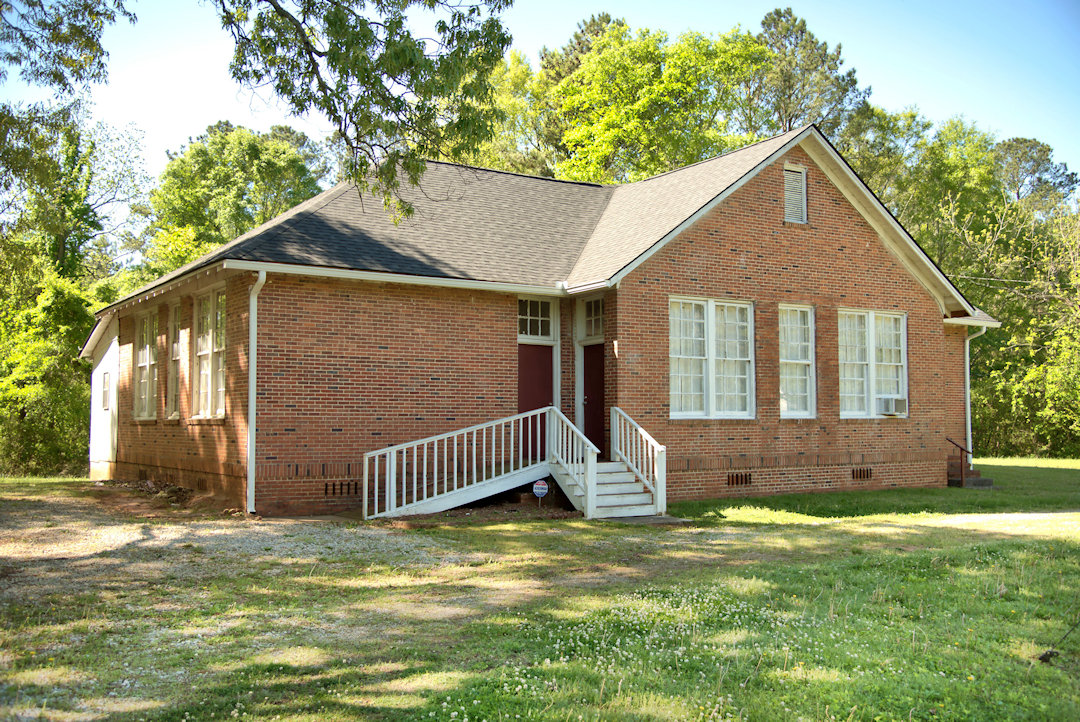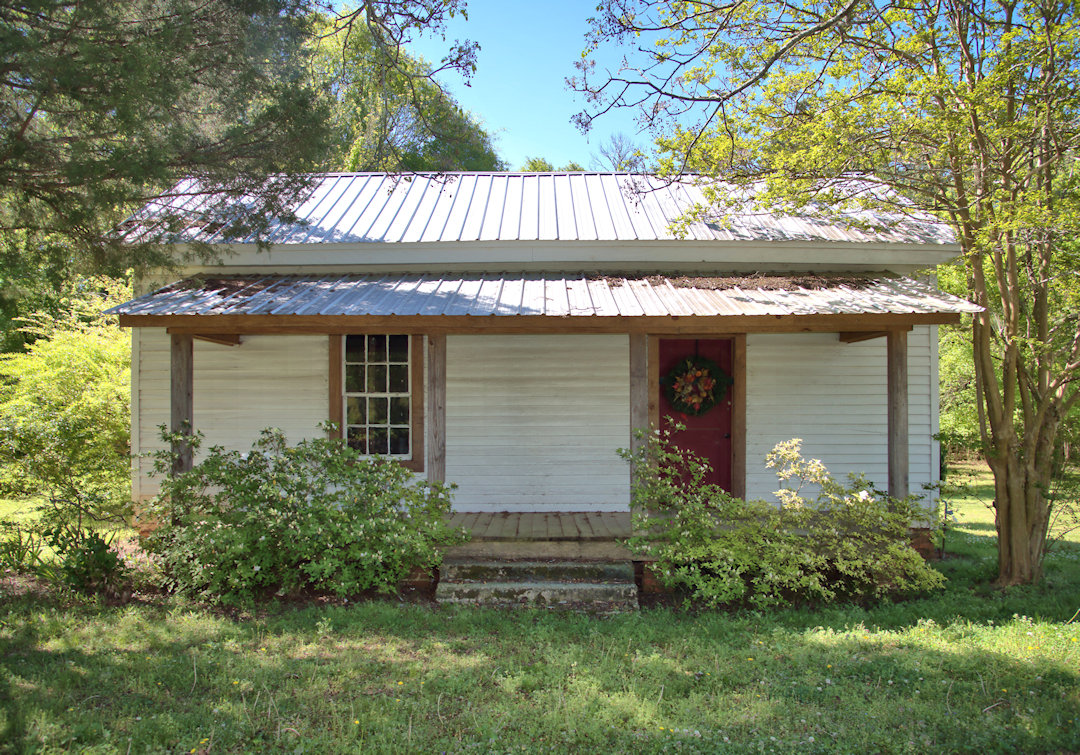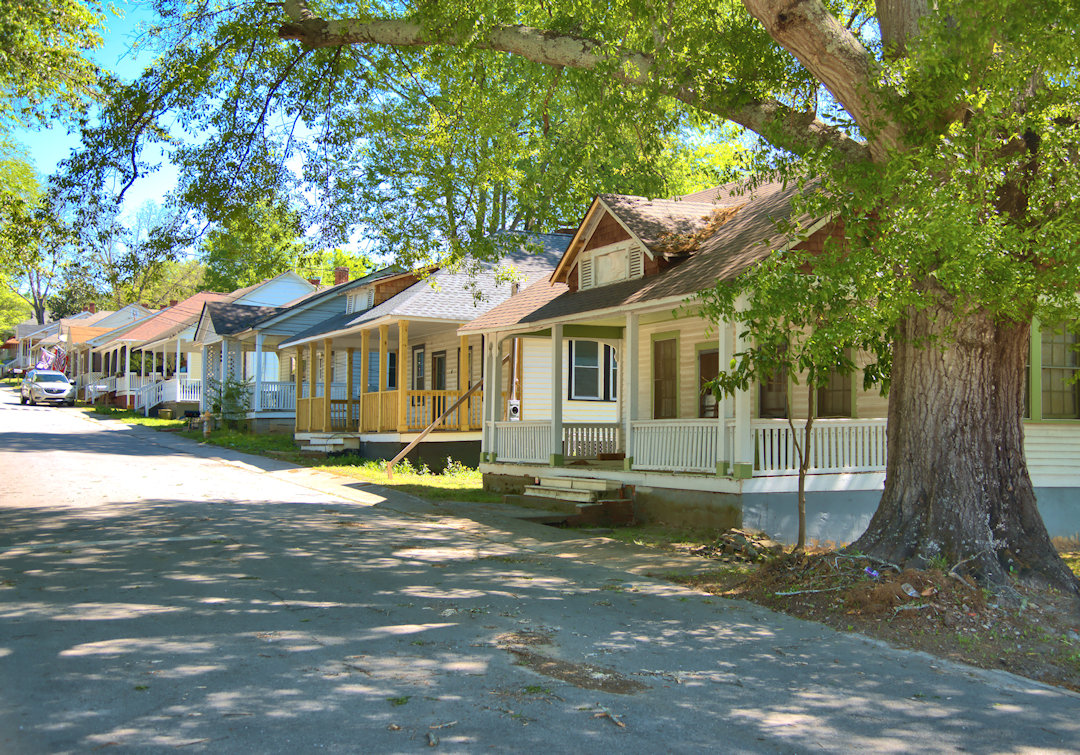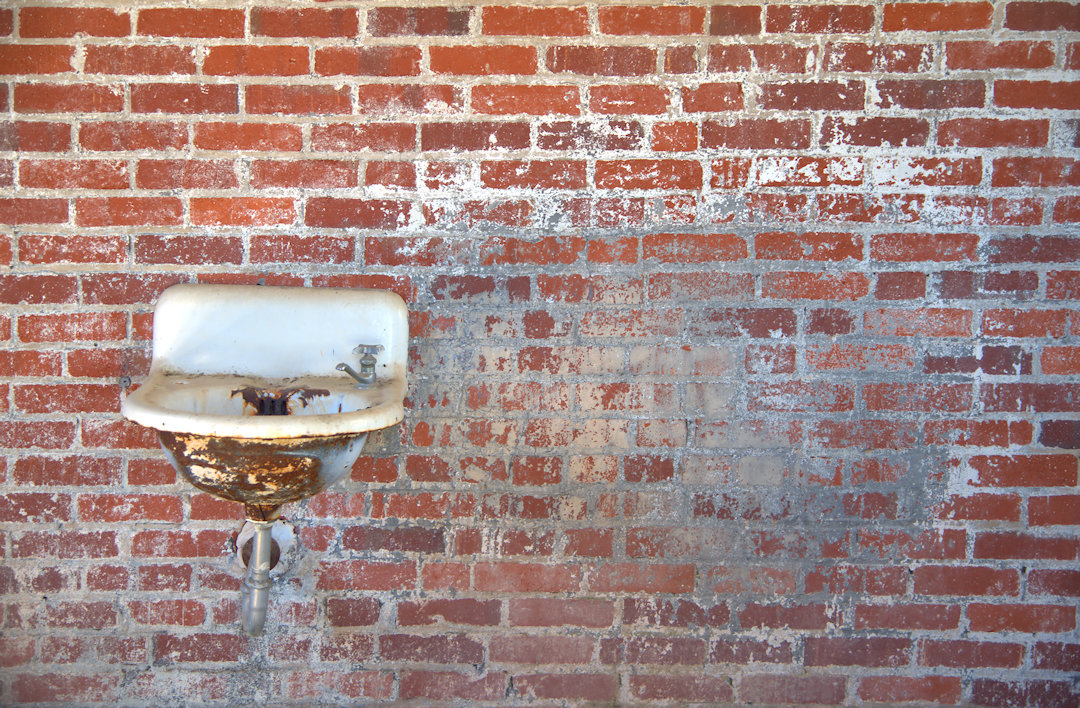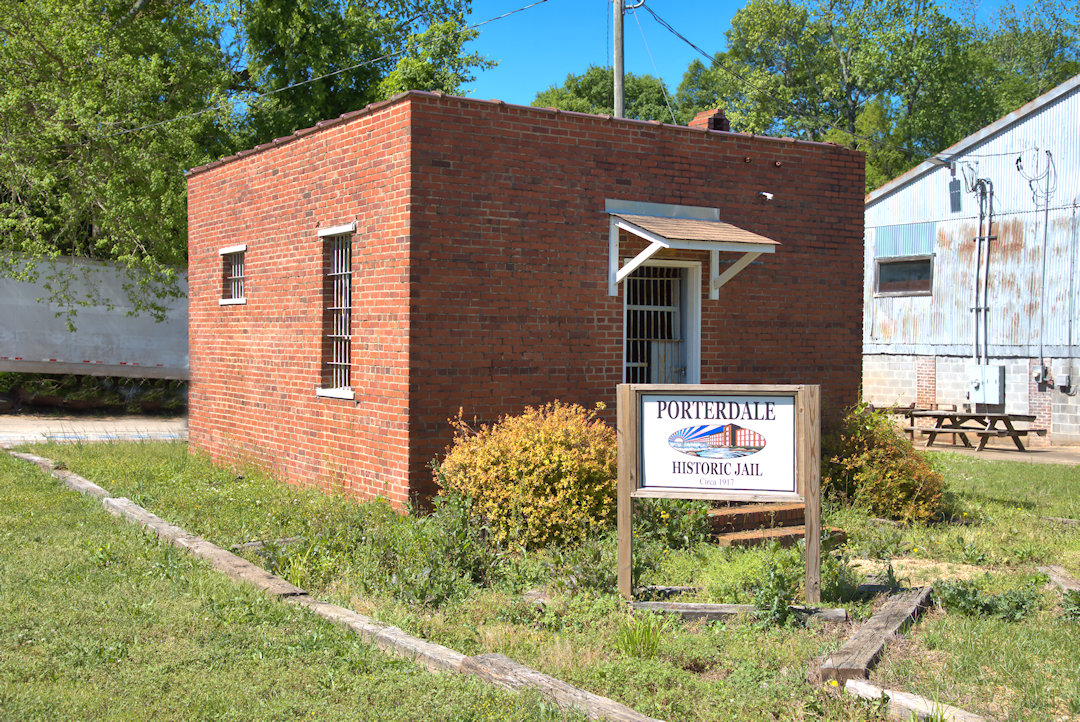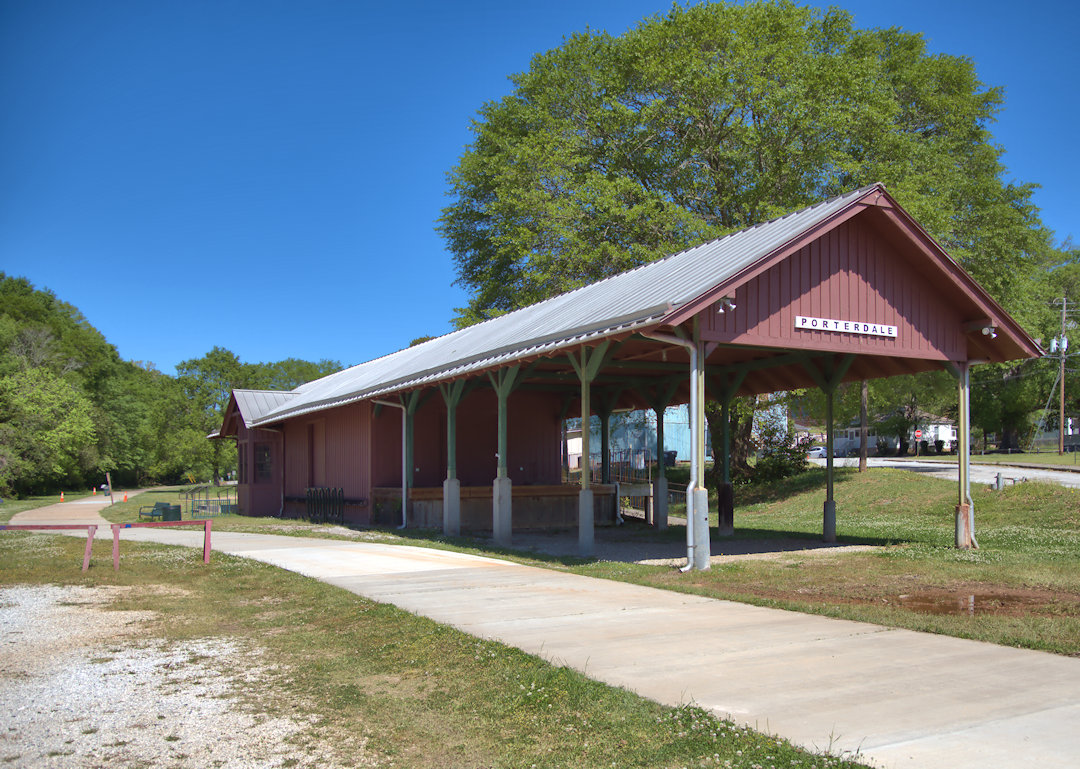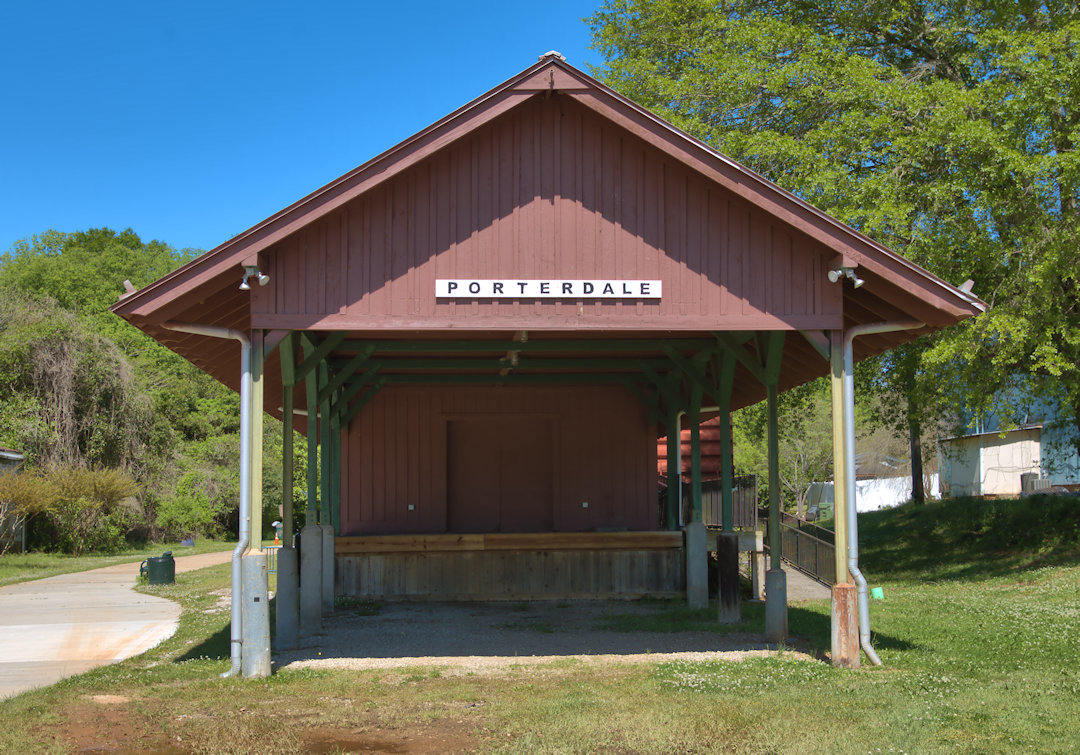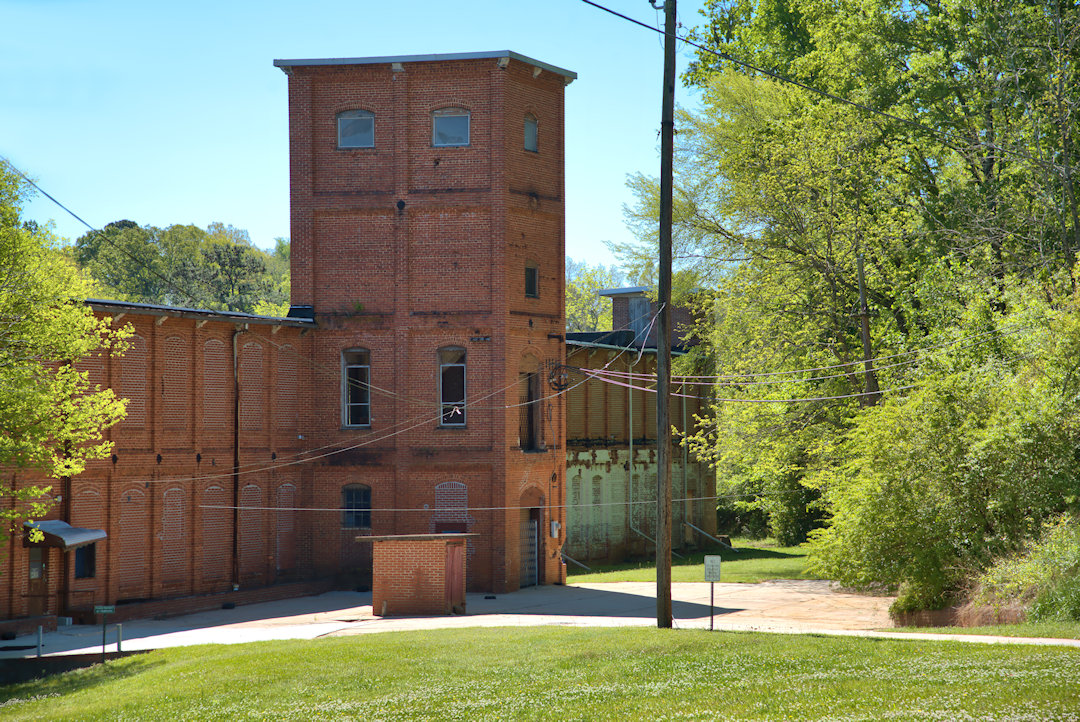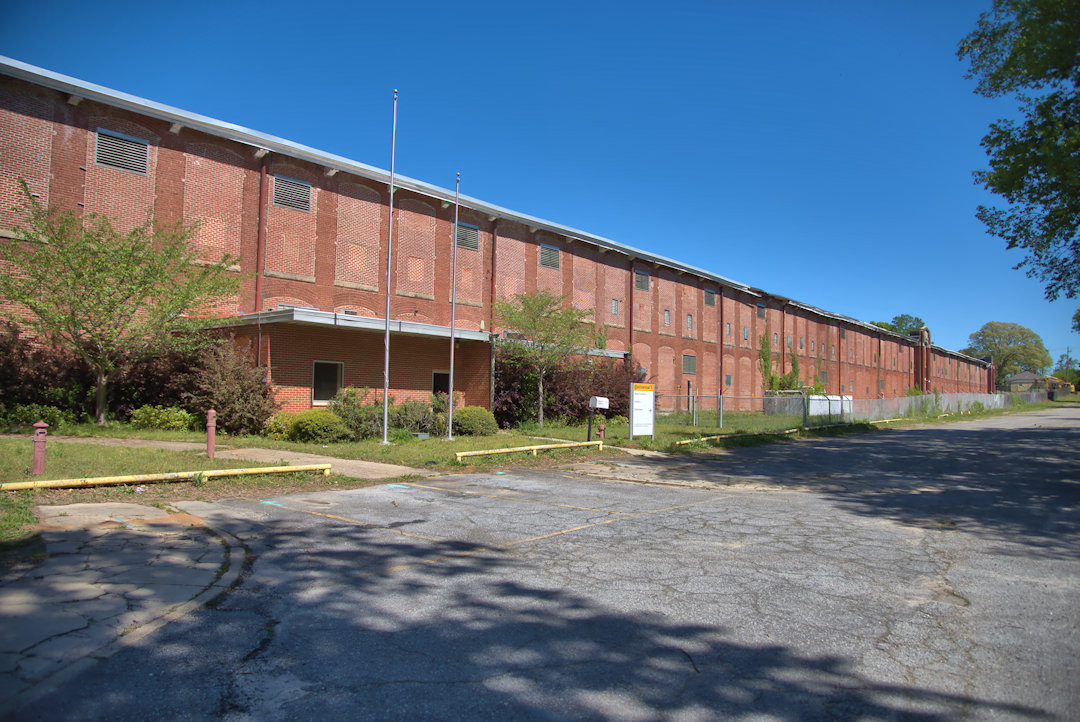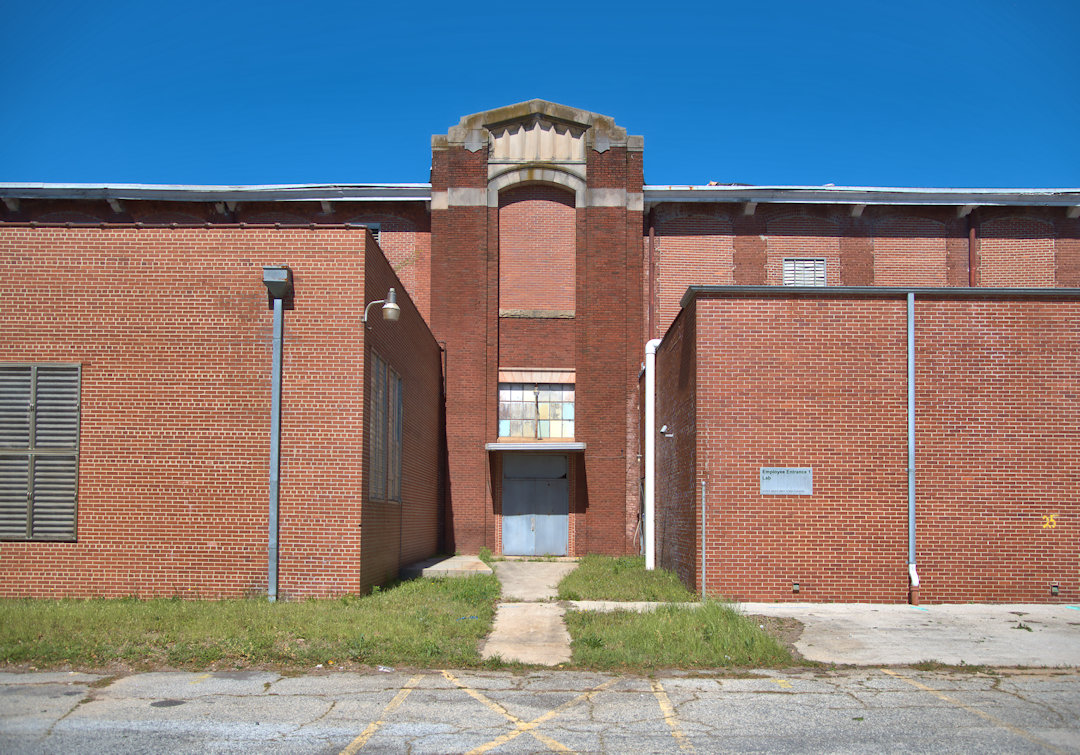
I’m not positive that this old shotgun store was in Jasper County. I photographed driving between Monticello and Eatonton, and can’t relocate it on maps. I’ll gladly update if someone knows its exact whereabouts. It’s a great example and still displays an old Coca-Cola sign, dating to no later than the 1940s. The rusted tin always gets my attention and my mind wanders, imagining the hard-working people who gathered here to buy Co-Colas and swap tales. The store was probably closed by the 1950s or early 1960s.


